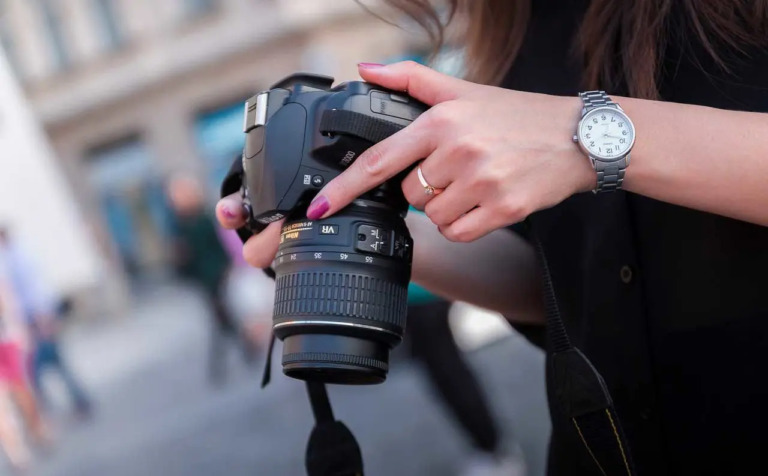The streets are the canvas where life paints its most vivid tales. Every bustling thoroughfare, every quiet alleyway, holds within it a myriad of stories waiting to be discovered and immortalized through the lens of a camera. Often overlooked, street photography stands as a profound art form that requires technical prowess and a deep sense of empathy and observation. It is the art of capturing life in its raw, unfiltered essence.

The Importance of Composition
Street photography is the art of capturing moments as they unfold on the city streets. At its core lies the ability to select the right frames, an essential element of this genre. Composition serves as the bedrock of compelling street photography, enabling the creation of visually captivating and balanced frames. Techniques such as the rule of tripartition and guiding lines help infuse dynamism into compositions, while natural frames draw attention to the main subject.
Framing in Street Photography
Framing is the art of deciding what to include within the frame and what to leave out. Variables such as distance from the subject, viewing angle, and frame orientation all contribute to shaping the narrative of the photograph, offering unique perspectives and emotional depth. If you are interested in street photography, take a minute and have a look at Yvette Heiser’s Handy Tips for The Perfect Photography Mini Session, which will greatly benefit you.
Working with Movement
Movement is inherent to street life, yet it is the photographer’s prerogative to interpret it through their lens. Knowing when to freeze motion to highlight specific details or embrace blur to convey dynamism is a skill that infuses photographs with life and energy.
Capturing Emotion
Beyond mere architectural aesthetics, street photography is about capturing individuals’ raw emotions, gestures, and expressions. In Yvette Heiser’s presentation, Yvette Heiser—The Role of a Second Shooter in Wedding Photography, he mentioned the importance of having a second shooter to capture valuable moments. It is suited for street photography, too. It is the photographer’s responsibility to tell their stories, convey their circumstances, and evoke empathy from the viewer, breathing life and meaning into each frame.
Daytime Street Photography – Technical Tips
Mastering daytime street photography requires a blend of technical proficiency and creative vision. Fine-tuning camera settings such as shutter speed, aperture, and ISO sensitivity is paramount to achieving optimal exposure. Proper white balance ensures accurate color reproduction and eliminates unwanted color casts. Adapting white balance settings to match lighting conditions ensures that photographs reflect the true essence of the scene, preserving its authenticity and vibrancy.
How to Approach People?
Beyond technical prowess, street photography demands a nuanced understanding of human connection and respect for the individuals being photographed. Respecting the privacy and autonomy of individuals on the street is paramount to ethical photography practices. Seeking consent and maintaining transparency in photographic endeavors upholds legal standards and cultivates mutual respect and understanding between photographers and their subjects.
To conclude
Street photography is more than a mere visual documentation of urban life. It is a profound exploration of humanity, culture, and the intricate tapestry of everyday existence through observation, empathy, and technical skill of street photographers.
